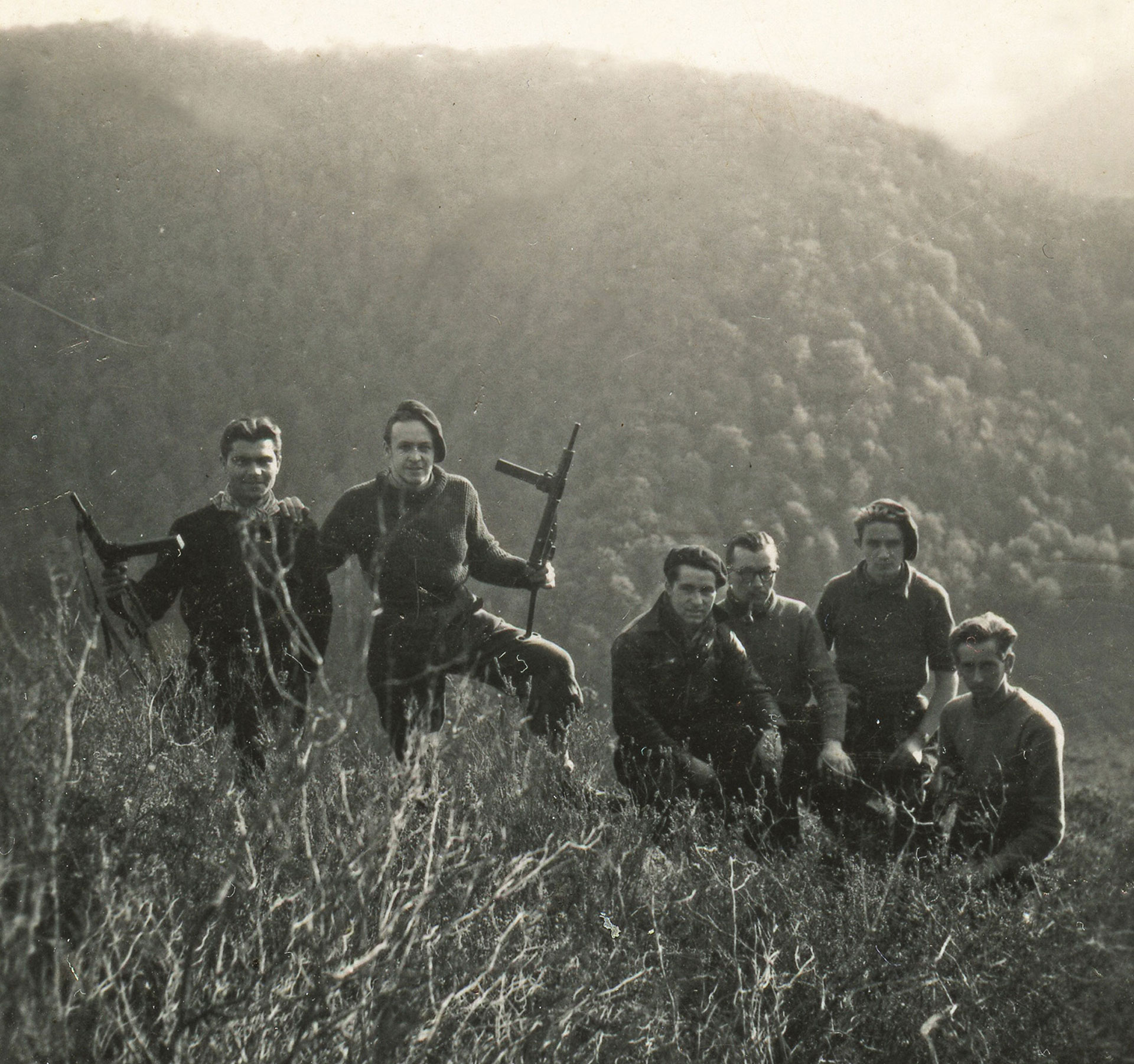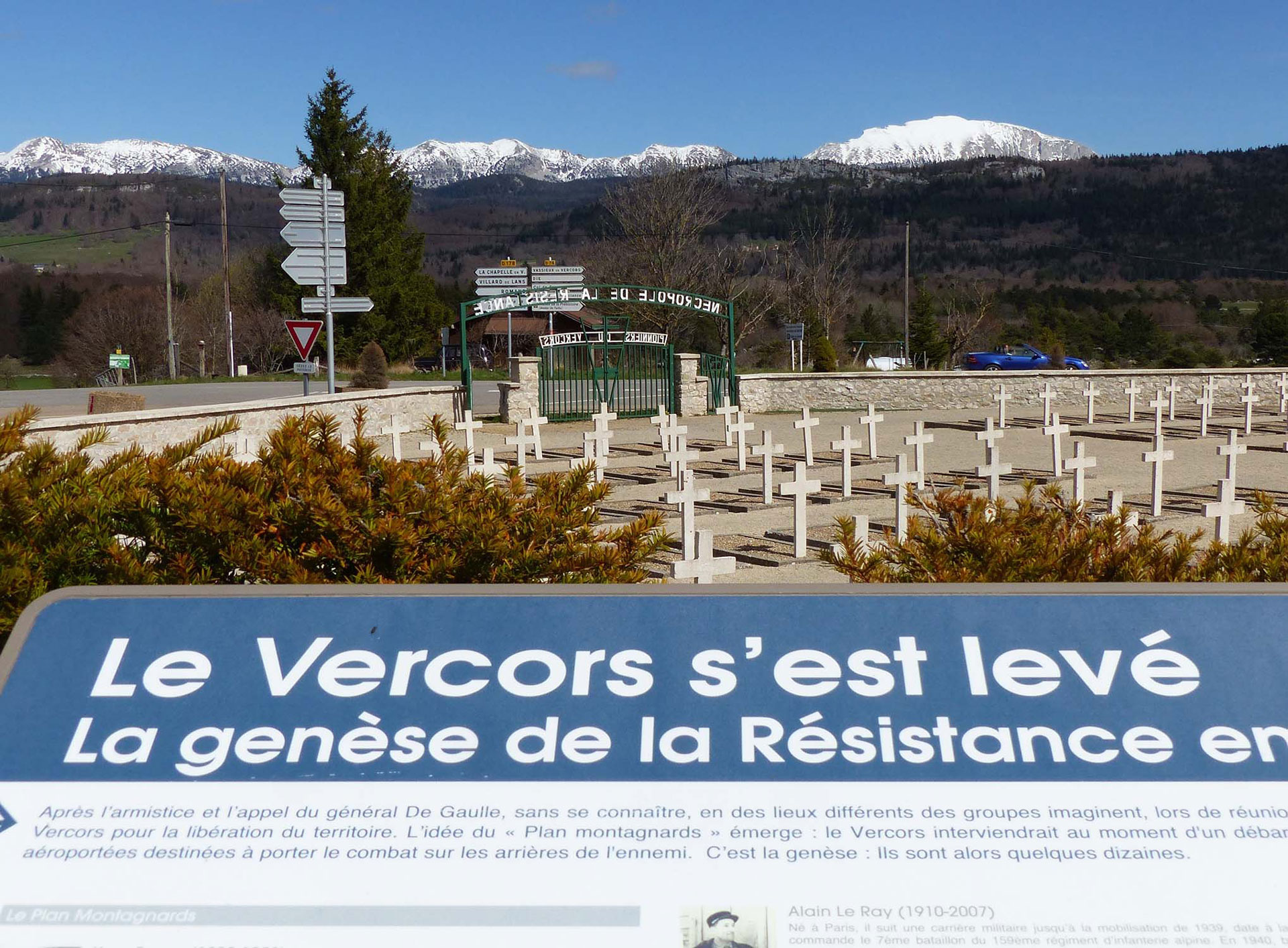Maquis and mountains
The mountain landscapes we enjoy and contemplate throughout Europe are often laden with traces and memories of the confrontations of World War II. Mountainous areas played an important role in the history of resistance in Europe. This was for example the case in occupied Yugoslavia where the mountains became a bastion of the communist-led Partisans from 1941 onwards. “Through forests and mountains” was the title of a famous Yugoslav Partisan song, and in 1944, for example, Drvar (from the word “drvo” meaning “wood”), in the western mountains of Bosnia and Herzegovina, was Joseph Broz Tito’s headquarters, which the Germans failed to dismantle through Operation Rösselsprung.
Also in France, mountains played a significant role, as places of refuge and of resistance. The Pyrenees on the border to Spain were an important escape route for persons persecuted by Nazi Germany. After the introduction of the Compulsory Work Service by the Vichy regime in 1943, for many young men forests and mountains became a place of desertion and refuge and soon also for the creation of armed resistance groups, the so-called maquis. Maquis in French means a place of dense vegetation, and during the war it became synonymous for hidden armed resistance camps and groups outside of urban areas. The experience of the maquis was marked by an ascetic life and long period of waiting ; not all the maquisards came from rural backgrounds: Workers, intellectuals and artists were for example forced to learn how to use an axe and to cut wood for the necessities of daily life.
Two sites in the Alps became emblematic for the French Resistance: Les Glières and Le Vercors. Important maquis were formed there in 1943-1944, and they became part of strategic considerations for the Allied war effort against Nazi Germany. But both were eventually crushed by German troops and collaborating French forces in 1944. Despite and because of this tragic fate, Glières and Vercors became symbols of heroism and constitutive parts of the French Resistance myth. The name Vercors was also chosen as pseudonym by the writer Jean Bruller when he wrote his novel “The silence of the sea” but this had happened before this mountainous plateau had become a resistance place.
Mountainous areas were also important spaces of refuge for Jews and other persecuted persons, and of solidarity with them by parts of the local population, as for example in the village Chambon-sur-Lignon in the Massif Central highland region in south-central France.
Yvan Gastaut



